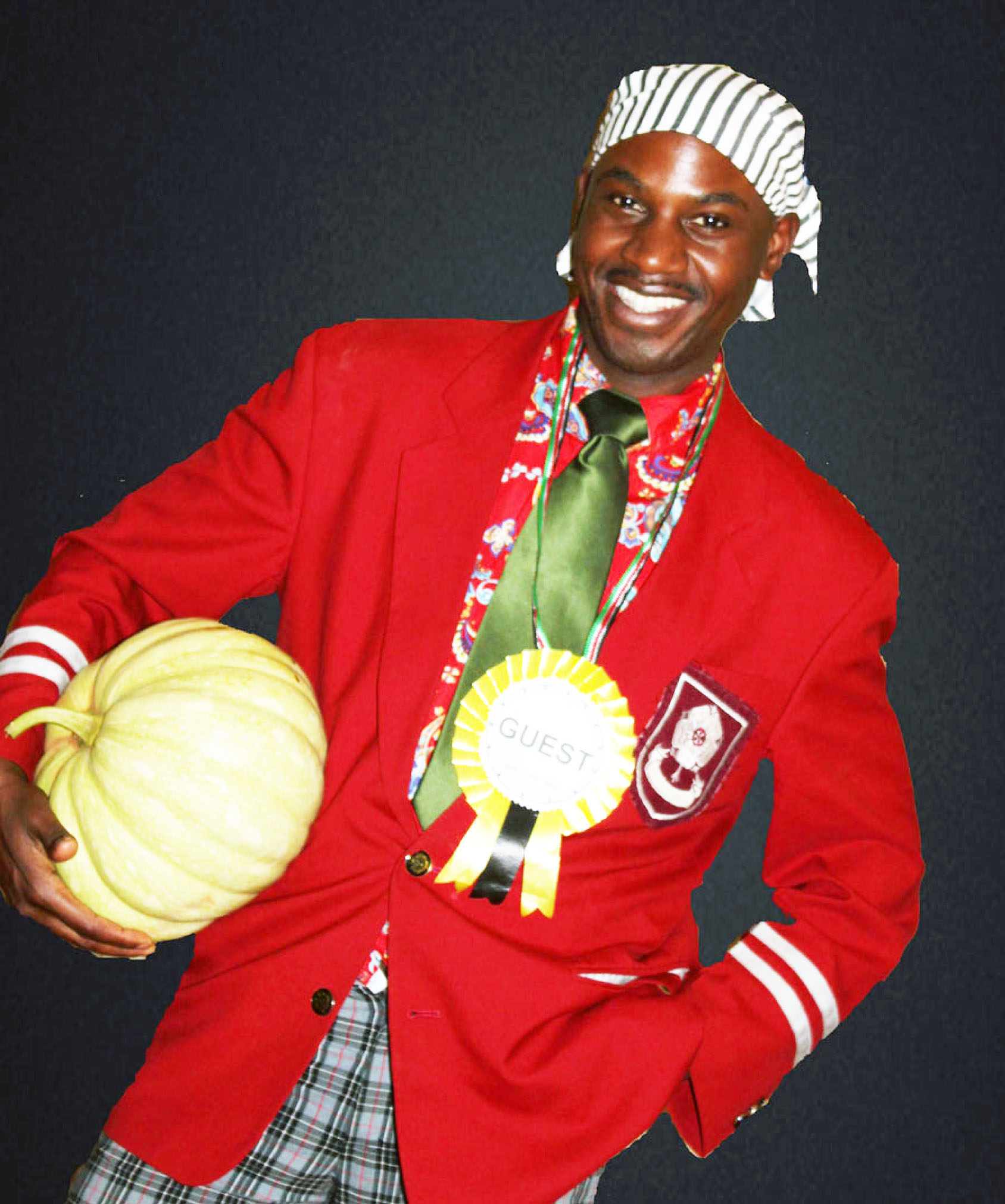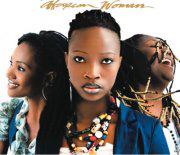The usually serene Theodore Wirth Park was buzzing with activity on Saturday, June 16th. Music could be heard as far as the car-lined street adjacent to the park as large groups of adults and children alike streamed down the numerous trails into the park for the Minneapolis Juneteenth celebrations.
Despite having been in existence for over a hundred and forty years, outside the African-American community little is known about Juneteenth, which is now widely regarded as Black-America’s Independence Day. On January 1st 1863, President Lincoln’s official Emancipation Proclamation deemed all slaves free, but the Texans did not enforce this executive order. It was not until two and a half years later on June 19th 1865, that Major General Gordon Granger landed at Texas and set about his first order of business to inform all Texans that the war had ended and the enslaved were not only free, but entitled to equal rights as their masters and rights of property. In later years there were many stories told to explain the delay in the delivery of this news to Texans ranging from the murder of the original messenger with the news of the emancipation to the deliberate withholding of the information by the enslavers. In 1980 Juneteenth became an official state holiday in Texas and many are hoping that other states will follow suit.
Whatever the case, Juneteenth celebrations have continued to spread and the celebrations are now held internationally as far as Ghana, Trinidad and Paris. Nationally, the two largest Juneteenth celebrations are now held in Milwaukee and our very own Minneapolis. In 2005, the Minneapolis celebrations enjoyed a record attendance of about 60,000 people. This year however, attendance was extremely low, perhaps less than a tenth that size. “I am shocked at the turnout!” remarked one gentleman, “there aren’t a third as many vendors as there were two years ago,” he added. Everyone agreed that to blame was the fatal shooting of a teen associated with last year’s event and to ease everyone’s fears the police presence was extremely heavy. “It doesn’t matter, many people just completely avoided coming here, that kind of thing takes years to recover from” he concluded. There were others who also thought that part of the blame be laid on the board. “I didn’t see much advertising this year as I have in previous years,” claimed Tanya.
Minneapolis Juneteenth Festivals are marked by soul food, entertainment, education and empowerment and this year’s attendees could enjoy the community breakfast, participate in the annual parade, compete in the sweet potato pie contest, ride in the hot air balloon, enjoy the entertainment or even take a journey through Africa. In an effort to strengthen the link among the diverse black groups, there were some Africa-oriented programs. One such highlight was hosted by Obsidian Arts, who loaned the largest known map of Africa from National Geographic. Both the young and old seemed to enjoy the Quest Card game where they walked across the brightly colored 35’ long and 26’ wide map through various African countries, cities and mountains on safaris and scavenger hunts. Close by people were able to purchase African clothing and merchandise from Ghanaian stall. Africans featured on the entertainment schedule too, the audience was treated to a fascinating shoulder shaking dance from Ethiopia and vibrant drum beat and dance from West Africa.
In recognition of the theme of the celebration, Liberian artist Blade Brown paid tribute to the struggles of African Americans with his performance as did Nigerian poet Olukunle who gave his audience and hefty dose of spoken word. “This was a good attempt at including other black Minnesotans,” said Wade, “and next year we can make the collaboration even better if the organizers of the three largest Afro-summer events (Juneteenth, Afrifest and Carribfest) promoted each other’s events in their respective communities.”







